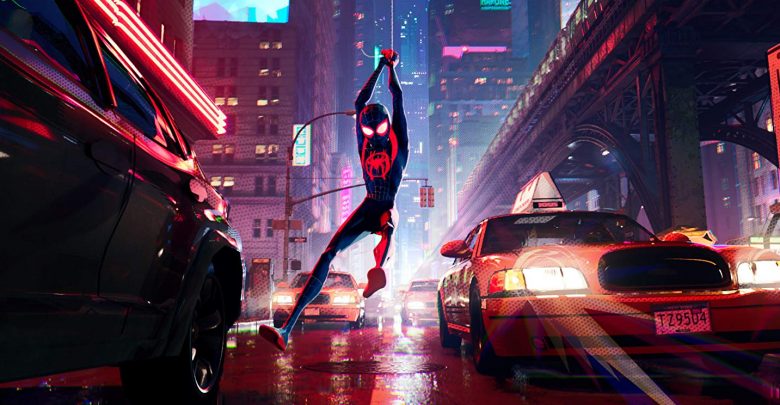Film Review: Spider-Man: Into the Spider-Verse
Animated Spider-Verse film offers refreshing new spin on familiar character
 Supplied
SuppliedWith ambitious storytelling, innovative animation, and a wealth of hilarious and heartwarming moments, Spider-Man: Into the Spider-Verse is a surprisingly fresh take on a familiar character and an exceptional addition to a saturated genre.
From Sony Pictures, Spider-Verse centres on Miles Morales (Shameik Moir), an ordinary Afro-Latino teenager trying to figure out who he is. One day, while painting graffiti, Miles is bitten by a radioactive spider and suddenly develops spider-like abilities, leading to him uncovering numerous parallel universes and multiple Spider-people. What follows is a sprawling multiversal origin story that successfully balances absurdity and comic book fan service with evocative themes of self-discovery and heroism.
Watching every single scene feels like being immersed in a vibrant, living, breathing comic book. Many comic book elements are actually integrated into the film, like caption boxes for introspective character moments, occasional onomatopoeia, and a dot-based halftone that makes each shot look like a panel. Alongside these elements, Spider-Verse utilizes colour shifts, a slower than usual frame rate, and a distinct colour palette to create a one-of-a-kind animated experience that’s complemented by dazzling action sequences and a breathtaking cityscape.
Peter Parker (Jake Johnson) also makes an appearance in this film. However, Peter has lost his spark and is a little jaded as an adult, only reluctantly agreeing to mentor Miles to help him become a Spider-Man too. This take on Peter is one of the most compelling brought to film, and the dynamic between Miles and Peter ends up being the heart of the story. Through one person’s discovery of their own inner hero and another’s re-discovery of theirs, the film beautifully articulates how fun, rewarding, and sometimes silly being a superhero can be.
Now in Spider-Verse, Spider-Man is not just a single person, but a mantle taken up by various individuals across different universes. Where the film succeeds most is in conveying a theme that’s central to the character of Spider-Man: he represents the power of the ordinary person. Beneath their costumes, none of Spider-Verses’s versions of Spider-Man or Spider-Woman are anything more than regular people. They struggle to fit in, and they grapple with real-life issues, but they all feel a responsibility to make a difference in the world. What makes them superheroes is not their actual powers, but their very human decision to simply try to be heroic.
Spider-Man is special in that that he shows us we don’t need great wealth, status, intelligence, class or political power to be a hero. Spider-Verse underscores this point by having multiple diverse Spider-people appear. No matter our race, ethnicity, gender, sexuality, class, or age, we’re all free to see ourselves behind that mask making a difference too.
As Spider-Verse emphasizes, what makes one a hero is simply being the truest version of oneself. Miles Morales is a hero not because he’s like Peter Parker, but because he is Miles Morales. As Peter says to Miles, “Don’t do it like me; do it like you.”
Spider-Man: Into the Spider-Verse is not only an incredible tribute to a beloved character; it is one of the best films of the year.




